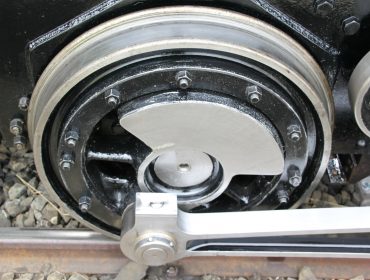
This steel contains less than 0.25% of carbon. It has relatively low tensile strength, but is malleable and ductile. It contain less carbon than other steels and are easier to cold-form, which makes them easier to handle.
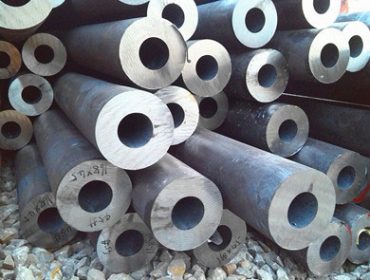
These are low carbon steels which consists of an additional alloying ingredient, to increase the strength of the steel. The various ingredients includes chromium, silicon, manganese, nickel and vanadium.
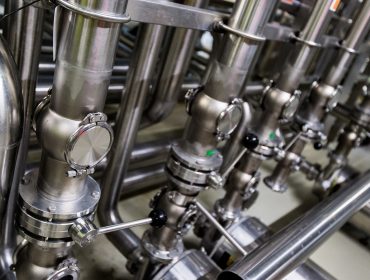
This steel is obtained by adding stabilizing elements like nickel, manganese and nitrogen. These material give resistance against corrosion and are essentially non magnetic.
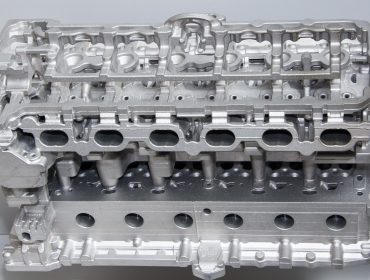
This metal has lightweight, high strength to weight ratio, good corrosion resistance and very good weld characteristics. It has excellent thermal and electrical conductivity.
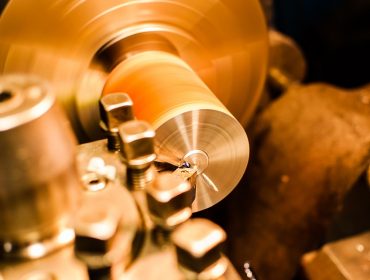
One of the most widely used alloy of Copper, Brass finds application everywhere in form of pipe, tube, foil, sheet, bars, rods etc.
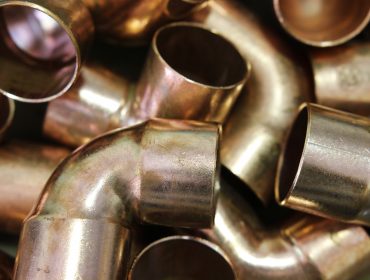
Various materials used are Cupro nickel 70/30 & 90/10, Copper, Silicon bronze, Phosphor bronze, C63000, Aluminum bronze, Manganese bronze, Brass, Nickle, and Titanium.
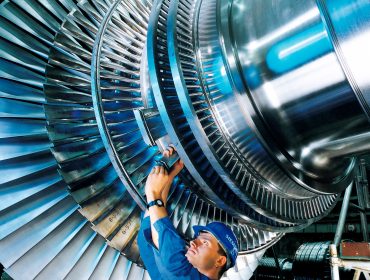
These materials are more often used as super alloys to perform under extreme temperature and pressure. They contain high strength as compared to standard fasteners.
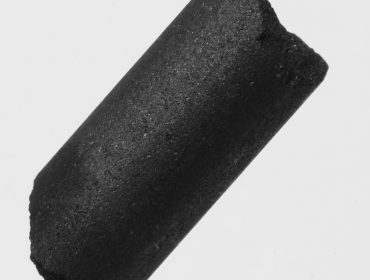
Under normal circumstances, Plastics are light-weight, non-metallic and non corrosive. The various characteristics of plastic can be enhanced with chemical and fibre additions to the core material.
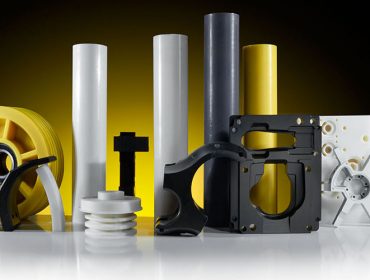
The various characteristics of plastic can be enhanced with chemical and fiber additions to the core material. It helps increase the strength, hardness and ultra violet resistance.